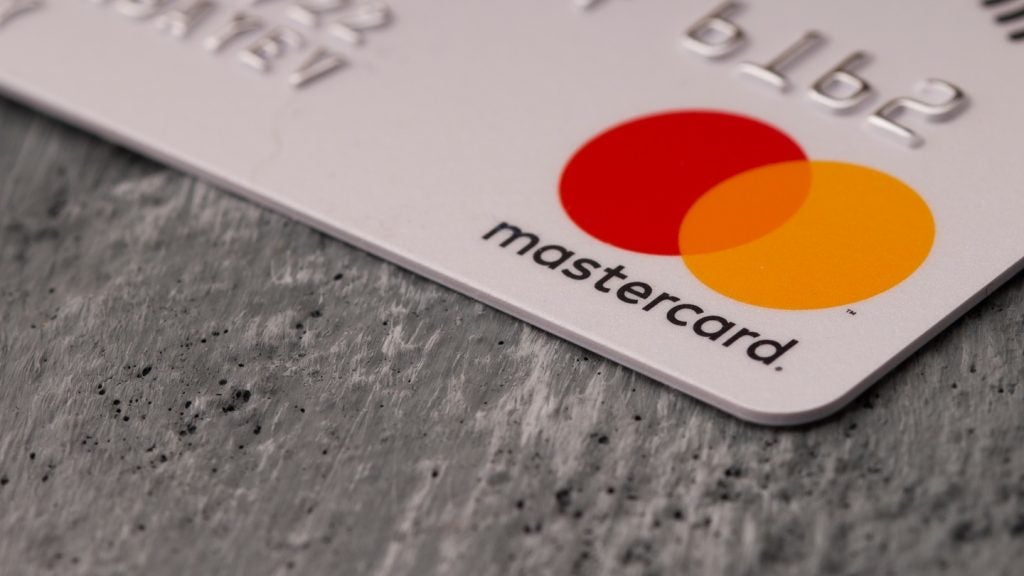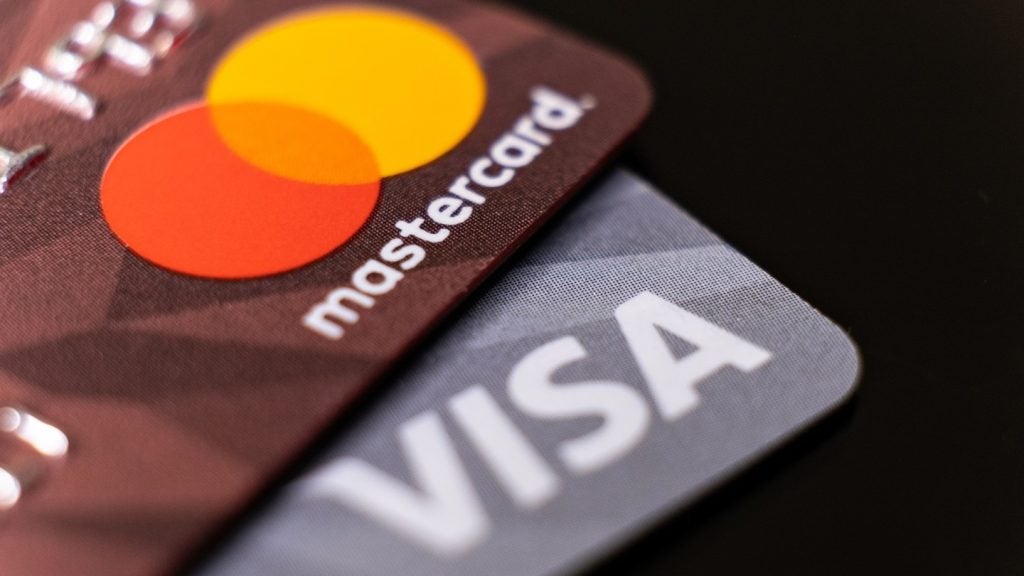The Danish cards and payments industry is well-developed, and Danish consumers are prolific users of payment cards. This is evident by the fact that, in 2014, the country had the highest frequency of use (transactions per card per year) in the world – 173.6 transactions per card, the highest in the region
Denmark is followed by all of its Nordic peers in terms of transactions per card- Finland with 170.0, Norway with 126.3, and Sweden with 126.2 transactions in 2014.

Access deeper industry intelligence
Experience unmatched clarity with a single platform that combines unique data, AI, and human expertise.
The consumer preference for electronic payments and government plans to advance as a cashless society supported the growth of payment cards. Overall, payment cards posted a CAGR, between 2010 and 2014, of 6.70% in terms of transaction volume – a trend that is anticipated to continue.
The government took several initiatives to bring the entire population into the banking system. According to the World Bank Global Findex survey, the percentage of Danish population aged 15 or above with a bank account reached 100% in 2014. This resulted in a high penetration of bank accounts and banking products.

Denmark is moving towards cashlessness
Cash payments are declining in Denmark. In terms of transaction volume, cash transactions accounted for 37.4% in 2010 and decreased to 16.1% in 2014. In comparison, in other developed European markets such as the UK, cash accounted for an industry share of 46.2% in 2014.

US Tariffs are shifting - will you react or anticipate?
Don’t let policy changes catch you off guard. Stay proactive with real-time data and expert analysis.
By GlobalDataTo encourage cashless payments, the Danish government proposed a plan in May 2015 to allow certain categories of retailers – restaurants, apparel stores and gas stations – to refuse payments in cash. The proposed plan is anticipated to be implemented by 2016.
In October 2014, the central bank announced that it would stop the internal production of printing of banknotes and minting of coins by the end of 2016 and outsource the process to external suppliers. The government claims that the initiative will save up to $17.2m (DKK100m) by 2020.
Dankort maintains its dominance
Dankort, introduced in 1983, is the national debit card scheme and dominated the debit card market with an 83.7% share of the total transaction value in 2014.
Visa and MasterCard are also strengthening their presence, with respective shares of 12.4% and 3.8% of the total debit card transaction value in 2014.
According to the New Payment Solutions report published by the Danish Payment Council in March 2014, Dankort was the most popular method of payment for purchases made at retail outlets. The use of Dankort debit cards is widespread for a range of purchases, and 60% of online payments are made using Dankort and VisaDankort cards.

High uptake of contactless technology
The Danish payment cards market has seen the uptake of contactless technology. According to Timetric, Denmark had the highest number of contactless terminals and the second-highest number of contactless cards in the Nordic region as of November 2015 – next only to Norway.
There were 5.3 million contactless cards in the country as of November 2015 – equivalent to 60.2% of all payments cards. Also, there were 61,600 contactless POS terminals in the country, representing 40.1% of all POS terminals.
To capitalise on the growing popularity of contactless technology, Danske Bank and Jyske Bank began offering contactless Dankort cards from August 2015. Danske Bank replaced all old cards with contactless Dankort cards free of charge until November 2015.
M-payments are also gaining prominence. Verifone signed an agreement with the m-payment solution provider Swipp in November 2015, to allow 30,000 partner merchants to accept contactless payments using the Swipp app.








